Male portrait in oil on canvas, signed in the upper left corner "G. Befanio" and dated 1936.
Likely one of the artist's final works, it depicts a distinguished man with a thin mustache, dressed in an elegant gray suit with bordeaux trim, a white shirt, and a white pocket square. The composition, characterized by soft brushstrokes and a masterful use of light, reflects Befani's artistic evolution, blending the late French Impressionist influences with his roots in Neapolitan verism.
Trained under Filippo Palizzi, Befanio began his artistic journey with a verist style, marked by short brushstrokes and vibrant chromaticism. After moving to Paris in 1899, he enriched his artistic language by experimenting with Impressionist and Post-Impressionist techniques, combining a solid realist foundation with greater expressive freedom and a brighter palette.
Biography: Gennaro Befanio (Naples, 1866 - Paris, 1937) was the nephew of Achille Formis, a renowned landscape painter, and a student of Filippo Palizzi at the Academy of Fine Arts in Naples. His career began in Naples, where he exhibited works such as Cucitrici and Lago di Como (Studio) at the Promotrice. In 1899, he moved to Paris, where he achieved great success. He regularly participated in the Salon des Artistes Francais, earning numerous accolades, including a gold medal, and was awarded the title of Chevalier de la Legion d'Honneur in 1920. In 1909, he participated in the 8th Venice Biennale with The Square of a Breton Village. Among his most notable collectors was Baron Edmond de Rothschild, who purchased the work After the Rain.
Dimensions:
With frame: 77 cm x 66 cm
Without frame: 65 cm x 54 cm
Modern gilt wooden frame, simple and elegant, perfectly complementing the refined nature of the painting.
Condition: Minor abrasions visible in the photos, but the painting's surface is well-preserved and fully legible.
Dated 1936, this work reflects Befanio’s artistic maturity, skillfully combining the technical rigor of his Neapolitan origins with the stylistic openness he developed during his Parisian career. The harmonious blend of verist and Impressionist influences results in a piece of great sophistication.























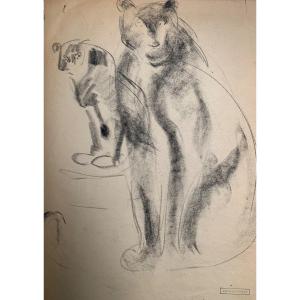
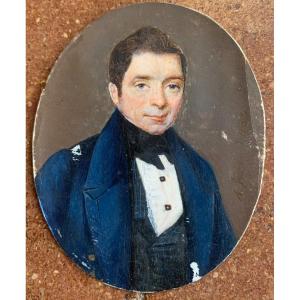

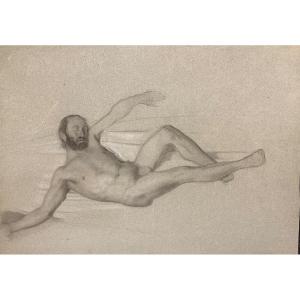
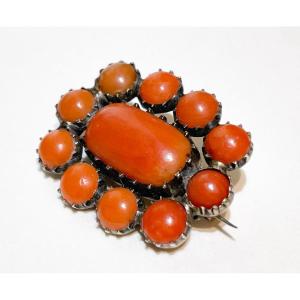






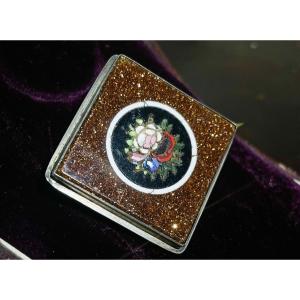


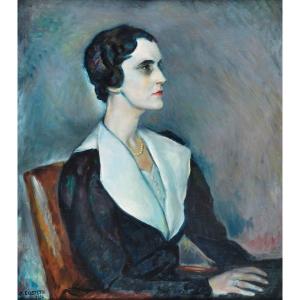


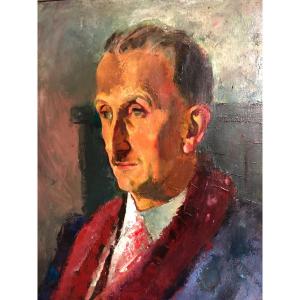



 Le Magazine de PROANTIC
Le Magazine de PROANTIC TRÉSORS Magazine
TRÉSORS Magazine Rivista Artiquariato
Rivista Artiquariato